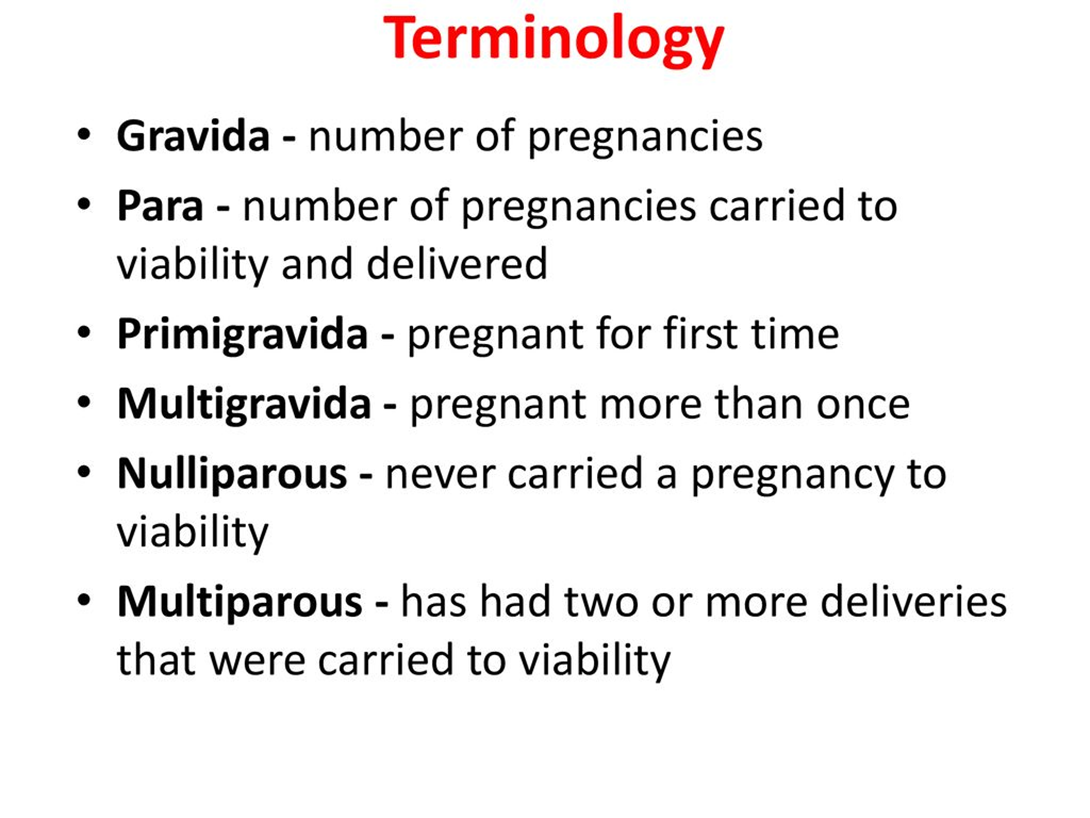When assessing a multigravida on the first postpartum day, the nurse finds a moderate amount of lochia rubra, with the uterus firm and three fingerbreadths above the umbilicus. What action should the nurse implement first?
Check for a distended bladder.
Review the hemoglobin to determine hemorrhage.
Massage the uterus to decrease atony.
Increase intravenous infusion.
The Correct Answer is A
Choice A reason: This is the correct answer because a distended bladder can cause uterine displacement and interfere with uterine contraction, leading to increased bleeding and risk of infection. The nurse should check for bladder fullness and encourage the client to void or catheterize if necessary.

Choice B reason: Reviewing the hemoglobin to determine hemorrhage is an important action, but not the first one. The nurse should first identify and correct the cause of bleeding, such as bladder distension or uterine atony, before checking for blood loss and anemia.
Choice C reason: Massaging the uterus to decrease atony is not indicated in this case, because the uterus is already firm. Massaging a firm uterus can cause overstimulation and pain.
Choice D reason: Increasing intravenous infusion is not the first action, because it may worsen bleeding by increasing blood pressure and diluting clotting factors. The nurse should first assess and manage bleeding before administering fluids or blood products as prescribed.
Nursing Test Bank
Naxlex Comprehensive Predictor Exams
Related Questions
Correct Answer is ["A"]
Explanation
Choice A reason: Avoid salt substitutes. This client needs additional education, as salt substitutes may contain potassium, which can increase the risk of hyperkalemia in clients with coronary artery disease. The nurse should teach the client to use herbs, spices, or lemon juice to flavor food instead of salt or salt substitutes.
Choice B reason: Consume canned vegetables. This client needs additional education, as canned vegetables may contain sodium, which can increase the blood pressure and worsen coronary artery disease. The nurse should teach the client to choose fresh or frozen vegetables instead of canned ones.
Choice C reason: Include oatmeal for breakfast. This client does not need additional education, as oatmeal is a good source of soluble fiber, which can lower cholesterol and reduce the risk of atherosclerosis. The nurse should praise the client for this healthy choice.
Choice D reason: Identify foods with saturated fats. This client does not need additional education, as identifying foods with saturated fats is an important step to avoid them. Saturated fats can raise cholesterol and increase the risk of coronary artery disease. The nurse should teach the client to limit saturated fats to less than 10% of total calories per day.
Choice E reason: Walk 30 minutes per day. This client does not need additional education, as walking 30 minutes per day is a recommended physical activity for clients with coronary artery disease. Physical activity can improve blood circulation, lower blood pressure, and reduce stress. The nurse should encourage the client to walk at a moderate pace and consult with the healthcare provider before starting any exercise program.
Choice F reason: Keep a food diary. This client does not need additional education, as keeping a food diary is a helpful tool to monitor dietary intake and identify areas for improvement. The nurse should teach the client to record the type, amount, and time of food consumed, as well as any symptoms or feelings associated with eating.
Correct Answer is A
Explanation
Choice A reason: This is the correct answer because ineffective coping related to denial is a likely problem for a client who had an MI 24 hours ago and wants to go home despite his condition. Denial is a defense mechanism that helps people avoid facing unpleasant or threatening realities, such as having a heart attack and needing hospitalization and treatment. The nurse should assess the client's coping skills and provide emotional support and education.

Choice B reason: Emotional conflict due to stress is not a specific problem for a client who had an MI 24 hours ago and wants to go home despite his condition. Emotional conflict is a state of having mixed or contradictory feelings about something or someone, such as family, work, or self. Stress is a response to any physical, psychological, or environmental demand that exceeds one's coping resources. The nurse should assess the client's sources of stress and conflict and help him manage them.
Choice C reason: Deficient knowledge of MI lifestyle changes is not a primary problem for a client who had an MI 24 hours ago and wants to go home despite his condition. Deficient knowledge is a state of lacking information or understanding about something, such as disease process, treatment options, or self-care measures. Lifestyle changes are modifications in one's habits or behaviors that promote health and well-being, such as diet, exercise, smoking cessation, or stress management. The nurse should assess the client's learning needs and readiness and provide appropriate education.
Choice D reason: Anxiety related to treatment plan is not an evident problem for a client who had an MI 24 hours ago and wants to go home despite his condition. Anxiety is a feeling of apprehension, worry, or fear that interferes with one's normal functioning or well-being. Treatment plan is a set of goals, interventions, and outcomes that guide the care of a client with a specific health problem, such as MI. The nurse should assess the client's level of anxiety and provide information and reassurance about his treatment plan.
Whether you are a student looking to ace your exams or a practicing nurse seeking to enhance your expertise , our nursing education contents will empower you with the confidence and competence to make a difference in the lives of patients and become a respected leader in the healthcare field.
Visit Naxlex, invest in your future and unlock endless possibilities with our unparalleled nursing education contents today
Report Wrong Answer on the Current Question
Do you disagree with the answer? If yes, what is your expected answer? Explain.
Kindly be descriptive with the issue you are facing.
